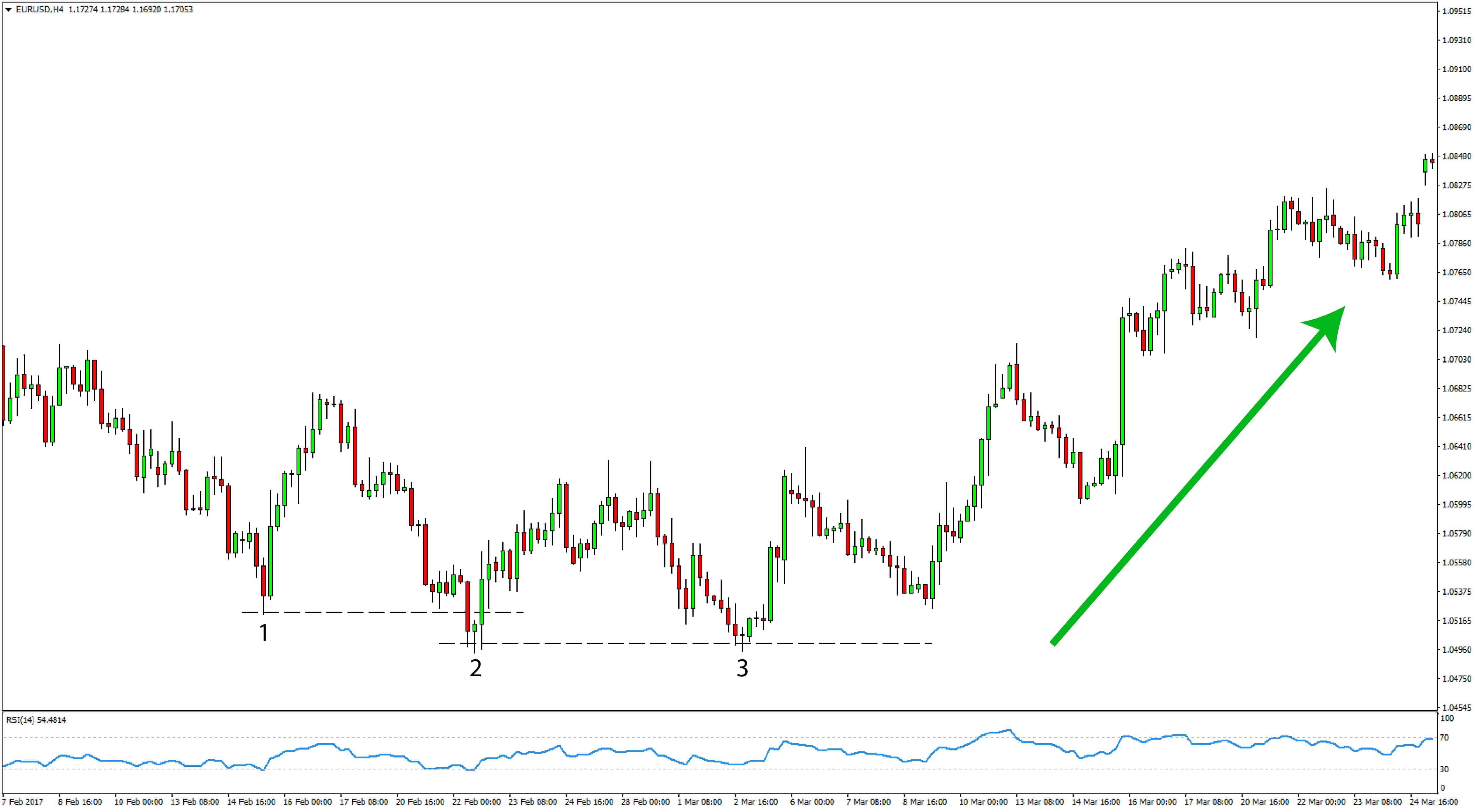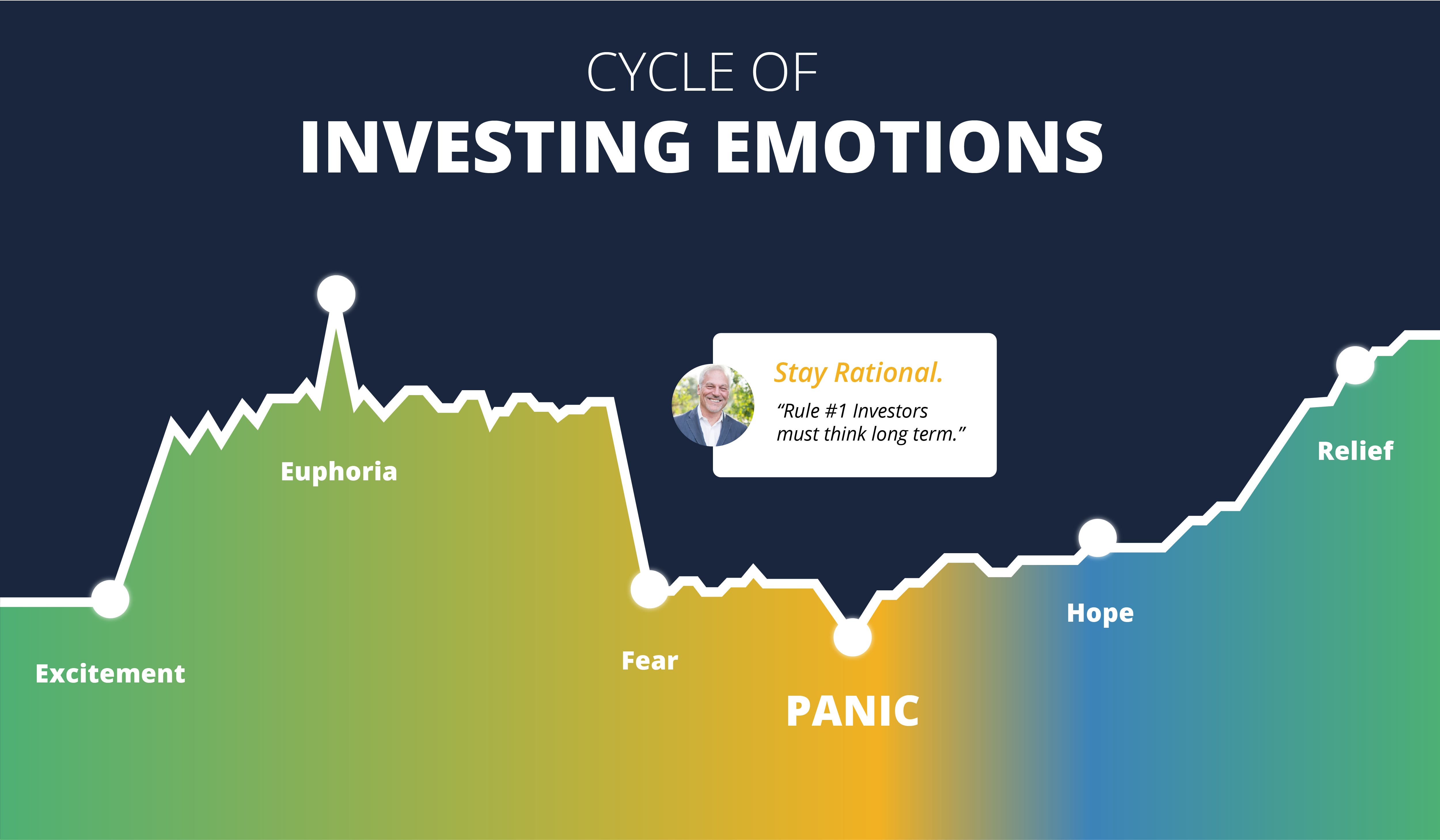
If you've ever wondered about how to modify an account number, this article is for you. This article will cover IBAN, Branch code and Weighted sum. You can also see how to edit them on your own computer. It is important to keep in mind, however, that the account number's size will change when its format is changed.
IBAN
An IBAN is an account number format that is used to identify a bank branch. It consists of up to 34 alphanumeric characters, including the country code and two check digits. It may also include information such as branch identifiers and routing information. The check digits allow the banking systems to validate the bank account number and ensure its integrity. These characters consist of a combination the Latin alphabet and the numbers 0 through 9.
An IBAN is unique to your bank account and can be used for international payments. It combines account number and type code with multiple characters to identify the sending bank. This makes international payments easier and more affordable. IBANs are also used to identify accounts in the SEPA payment system, which reduces financial transaction errors.

Subledger account number
Subledger accounting is a system that helps businesses better understand their financial health. It helps to ensure that accounts are correctly categorized and kept current. Although the system is not necessary for all businesses, many small businesses benefit from it. For example, if you have five different bank accounts, each of those will have a subledger that shows transactions within those accounts.
A subledger could contain a wide range of data. A subledger used for sales may be used to record sales according to region, product, salespersons, or other criteria. These records will then be added to the sales master accounts in the general ledger. Another subledger deals with fixed assets. It provides information about company's assets. This information may include the original cost, additional costs, or restatement or revaluation costs. This information can also help to calculate the depreciation on fixed assets.
Branch code
A branch code, which is six-digit or nine-digit number, is what identifies the bank that you use. Some banks include this code in their account numbers, while others do not. You must ensure that the correct code is used to transfer your money safely.
Hong Kong's account numbers vary in length from six to nine digits, and the format depends on the institution. Many account numbers include branch code. You can check your bank's branch code online using a BSB checker.

Weighted sum
Accounting uses the weighted sum number format. It is used in accounting to determine the capital costs. An accounting team performs this calculation. The weights are sometimes not specified. First, the team must determine the total number of items to be included within the weighted average. The results of this calculation are then summed.
Excel uses the SUMPRODUCT Function to calculate a weighted Average. This function is more versatile than other functions and can handle large numbers. Use the SUM function. You should put the values and weights in one column.
FAQ
Do I need to diversify my portfolio or not?
Many people believe diversification can be the key to investing success.
Many financial advisors will recommend that you spread your risk across various asset classes to ensure that no one security is too weak.
However, this approach doesn't always work. Spreading your bets can help you lose more.
Imagine, for instance, that $10,000 is invested in stocks, commodities and bonds.
Imagine that the market crashes sharply and that each asset's value drops by 50%.
You have $3,500 total remaining. If you kept everything in one place, however, you would still have $1,750.
You could actually lose twice as much money than if all your eggs were in one basket.
This is why it is very important to keep things simple. Take on no more risk than you can manage.
What should I do if I want to invest in real property?
Real Estate Investments are great because they help generate Passive Income. They do require significant upfront capital.
Real Estate might not be the best option if you're looking for quick returns.
Instead, consider putting your money into dividend-paying stocks. These stocks pay monthly dividends and can be reinvested as a way to increase your earnings.
How do I invest wisely?
An investment plan should be a part of your daily life. It is crucial to understand what you are investing in and how much you will be making back from your investments.
You should also take into consideration the risks and the timeframe you need to achieve your goals.
This will allow you to decide if an investment is right for your needs.
Once you've decided on an investment strategy you need to stick with it.
It is best to only lose what you can afford.
Do I really need an IRA
An Individual Retirement Account is a retirement account that allows you to save tax-free.
You can contribute after-tax dollars to IRAs, which allows you to build wealth quicker. They provide tax breaks for any money that is withdrawn later.
IRAs are particularly useful for self-employed people or those who work for small businesses.
Employers often offer employees matching contributions to their accounts. This means that you can save twice as many dollars if your employer offers a matching contribution.
Statistics
- Some traders typically risk 2-5% of their capital based on any particular trade. (investopedia.com)
- According to the Federal Reserve of St. Louis, only about half of millennials (those born from 1981-1996) are invested in the stock market. (schwab.com)
- As a general rule of thumb, you want to aim to invest a total of 10% to 15% of your income each year for retirement — your employer match counts toward that goal. (nerdwallet.com)
- 0.25% management fee $0 $500 Free career counseling plus loan discounts with a qualifying deposit Up to 1 year of free management with a qualifying deposit Get a $50 customer bonus when you fund your first taxable Investment Account (nerdwallet.com)
External Links
How To
How to Properly Save Money To Retire Early
Retirement planning is when you prepare your finances to live comfortably after you stop working. It is the time you plan how much money to save up for retirement (usually 65). It is also important to consider how much you will spend on retirement. This includes travel, hobbies, as well as health care costs.
You don't need to do everything. Many financial experts are available to help you choose the right savings strategy. They'll look at your current situation, goals, and any unique circumstances that may affect your ability to reach those goals.
There are two main types - traditional and Roth. Roth plans allow for you to save post-tax money, while traditional retirement plans rely on pre-tax dollars. Your preference will determine whether you prefer lower taxes now or later.
Traditional Retirement Plans
Traditional IRAs allow you to contribute pretax income. You can contribute up to 59 1/2 years if you are younger than 50. If you want your contributions to continue, you must withdraw funds. The account can be closed once you turn 70 1/2.
A pension is possible for those who have already saved. The pensions you receive will vary depending on where your work is. Some employers offer matching programs that match employee contributions dollar for dollar. Some offer defined benefits plans that guarantee monthly payments.
Roth Retirement Plans
With a Roth IRA, you pay taxes before putting money into the account. After reaching retirement age, you can withdraw your earnings tax-free. There are however some restrictions. There are some limitations. You can't withdraw money for medical expenses.
Another type is the 401(k). These benefits can often be offered by employers via payroll deductions. Additional benefits, such as employer match programs, are common for employees.
401(k), Plans
Employers offer 401(k) plans. These plans allow you to deposit money into an account controlled by your employer. Your employer will automatically contribute a percentage of each paycheck.
You can choose how your money gets distributed at retirement. Your money grows over time. Many people want to cash out their entire account at once. Others may spread their distributions over their life.
Other types of savings accounts
Some companies offer different types of savings account. TD Ameritrade can help you open a ShareBuilderAccount. You can use this account to invest in stocks and ETFs as well as mutual funds. Additionally, all balances can be credited with interest.
Ally Bank allows you to open a MySavings Account. You can deposit cash and checks as well as debit cards, credit cards and bank cards through this account. You can also transfer money from one account to another or add funds from outside.
What next?
Once you know which type of savings plan works best for you, it's time to start investing! First, choose a reputable company to invest. Ask your family and friends to share their experiences with them. Also, check online reviews for information on companies.
Next, figure out how much money to save. This involves determining your net wealth. Net worth includes assets like your home, investments, and retirement accounts. It also includes debts such as those owed to creditors.
Once you know your net worth, divide it by 25. This is how much you must save each month to achieve your goal.
For instance, if you have $100,000 in net worth and want to retire at 65 when you are 65, you need to save $4,000 per year.